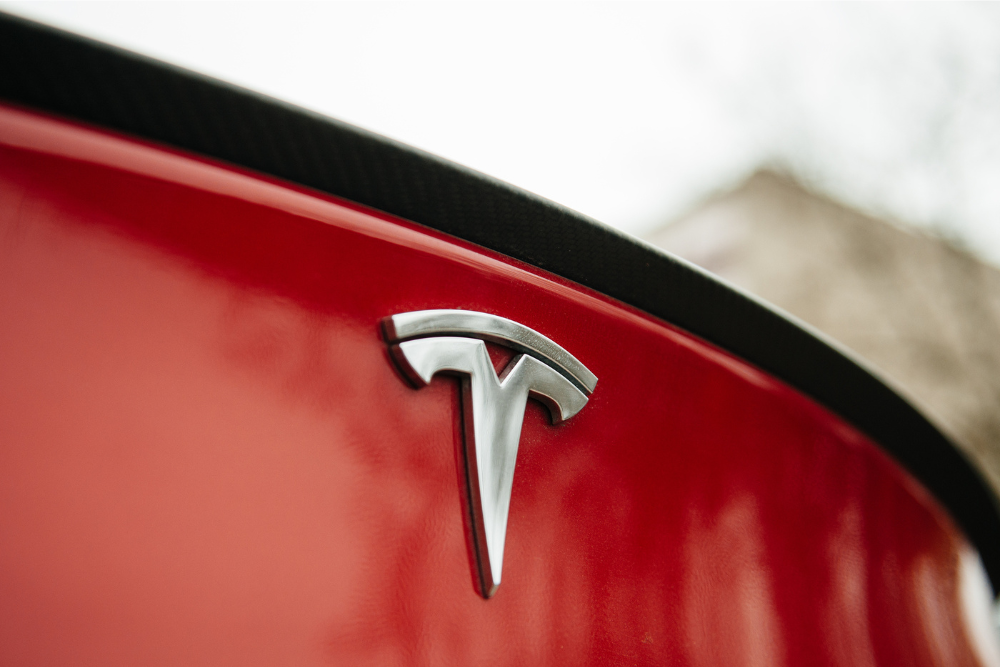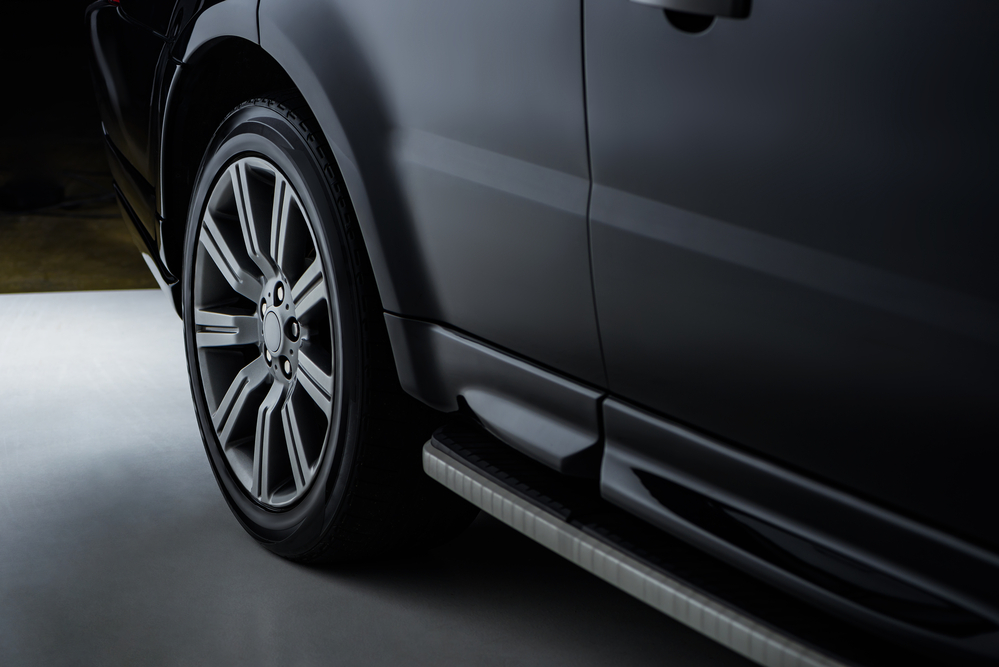Owning a Tesla is a unique experience, as they come equipped with cutting-edge technology and a sleek design that sets them apart from other EVs. However, in the event of a collision or damages, finding the right auto body shop to repair your electric vehicle becomes dire. Not just anyone can work on a Tesla correctly. So where do you take your Tesla for auto body repairs in South Jersey? Look for a Tesla-certified body shop like Elmer’s Auto Body to restore your Tesla to its former glory.
Here is everything you need to know about Tesla-certified collision repair centers.
Key Takeaways
- Teslas require specialized care and expertise in auto body repairs.
- A Tesla-certified body shop ensures the highest standards of service and repair.
- Choosing a certified shop guarantees the use of quality OEM parts and materials.
- South Jersey Tesla owners can find certified collision repair centers for their vehicles.
Common Tesla Problems That Need To Be Repaired
Teslas, while known for their reliability, can face various issues after a collision. Common problems include:
- Body Damage: Dings, dents, and scratches that impact the aesthetic appeal.
- Frame Misalignment: An impact can result in frame misalignment, affecting the vehicle’s structural integrity.
- Battery Damage: Protecting the battery is crucial, and collisions can lead to damage that requires specialized attention.
- Sensor and Camera Calibration: Tesla vehicles rely on sensors and cameras for autonomous features. Collision damage may affect their calibration.
What is a Tesla-Certified Body Shop?
A Tesla-Certified Body Shop is one that meets Tesla’s stringent requirements for equipment, training, and expertise. To achieve this certification, a body shop must invest in training its technicians and acquiring specialized equipment to handle the unique features of Tesla vehicles. Being Tesla-certified ensures that the repair process follows Tesla’s specifications, maintaining the vehicle’s integrity and performance.
Benefits of Using a Tesla-Certified Body Shop for Repairing Your Tesla
Choosing a Tesla-certified body shop for your Tesla repairs comes with several advantages:
- Expertise: Technicians undergo rigorous training to handle the advanced technology and components in Tesla vehicles.
- Quality Repairs: Following Tesla’s repair specifications ensures that your vehicle is restored to its original condition.
- Access to Genuine OEM Parts: Certified shops use original equipment manufacturer (OEM) parts, maintaining the integrity and performance of your Tesla.
How to Find a Certified Tesla Collision Repair Center in South Jersey
Knowing that Tesla-certified repair shops only exist by adhering to strict standards and examination, you may be wondering if there are any in South Jersey. You can find suitable collision repair centers by doing the following:
- Check Tesla’s Website: Tesla provides a list of approved collision repair centers on its website.
- Search for “Tesla Body Shop Near Me”: Use the internet to your advantage and see if any shops come up on Google or whichever browser you use.
- Read Reviews: Customer reviews can offer insights into the quality of service provided by a collision repair center.
- Check the Body Shop’s Website: Lastly, double check that the website is indeed certified and has other distinctions, such as I-CAR Gold class to ensure that you will receive the best of service.
Why You Must Choose a Certified Body Shop for Tesla Repairs
Although you may be tempted to bring your Tesla to a regular auto repair shop after a collision, you should go somewhere certified. Here are a couple of reasons why choosing a Tesla-certified repair shop is better for your vehicle:
Experience and Expertise
Tesla vehicles are equipped with cutting-edge technology that sets them apart in the automotive industry. From intricate sensor systems to advanced autopilot features, Teslas require a specialized understanding of their internal workings. Certified body shops invest significantly in ongoing training for their technicians. This ensures that the repair team is not only well-versed in traditional auto body repair but also equipped to handle the nuances of Tesla’s advanced systems.
Additionally, repairing a Tesla involves more than just fixing visible damage; it requires a deep understanding of the vehicle’s electronic systems, battery management, and intricate components. Certified technicians undergo rigorous training programs directly from Tesla to stay abreast of the latest technological advancements. This knowledge is invaluable when it comes to accurately diagnosing issues and executing repairs with precision.
Quality OEM Parts and Materials
Tesla vehicles are a synergy of sophisticated engineering and design. To preserve their optimal performance and integrity, it’s imperative to use genuine Original Equipment Manufacturer (OEM) parts during repairs. Certified body shops have direct access to authentic Tesla parts, sourced directly from the manufacturer. This guarantees that every component used in the repair process meets Tesla’s exact specifications.
Furthermore, certified body shops are authorized and endorsed by Tesla, signifying that their repair processes align with the manufacturer’s standards. This approval not only ensures the use of authentic OEM parts but also signifies that the repairs are conducted in a manner that upholds Tesla’s stringent quality benchmarks.
Looking for a Tesla-Certified Auto Body Shop in South Jersey?
When it comes to Tesla auto body repairs in South Jersey, choosing a certified body shop is non-negotiable. With over 75 years of experience, Elmer’s Auto Body stands as a trusted name in the region, holding certifications that reflect our commitment to excellence. Our experienced technicians are not only skilled in general auto body repairs but are also certified to handle the unique demands of Tesla vehicles.
Contact one of our three South Jersey locations today by calling or filling out the online form. Your Tesla will thank you for bringing it to Elmer’s.






